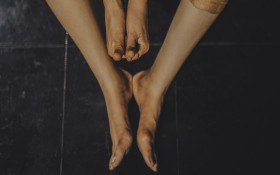
Yakshini
Yakshini was inspired by the unique and magical architecture of the 64 Yogini temples in Orissa. I saw one of these temples near
Bhubaneswar Orissa. Yakshini was then created to depict the architectural design of the temple built in the triangle and circle with no roof and hence symbolizing infinity. I have captures the triangle by drawing it in three distinct Jaati counts (Khanda, Tisra and Mishra). The pillars of the temple are danced in Chatusra Jaati (four counts) while the dancing circle connects the whole, the pillars and the triangles that are Yoginis main symbols. At the center of the temple is the Yagna Kunda (sacrificial fire) where offering to the 64 female deities takes place. The absence of roof creates a sense of unity with sky, air and nature, the infinite space.
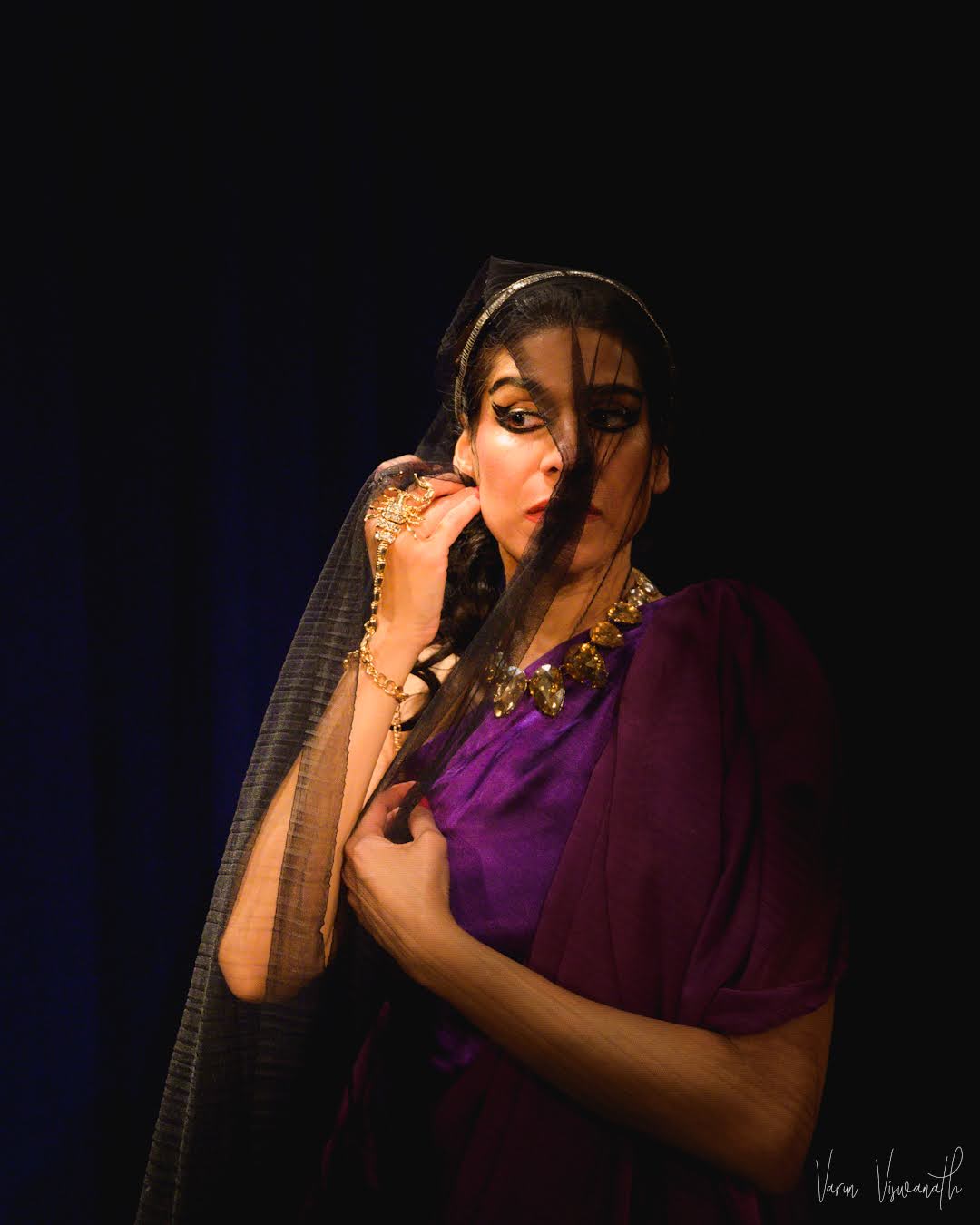
Medea’s Passion
Eugene Delacroix’s large canvas of ‘Medea’ in the Metropolitan Museum in NYC inspired this dance piece. It is largely a character study of Medea, the principal figure in Euripides’ tragic play Medea and in Apollonius of Rhodes’s epic, Argonautica. Medea was a queen, a sorceress, a lover and wife to Jason, and the lead character in the Iliad. When Jason betrays Medea and marries another woman, Medea goes mad and seeks revenge. In a cold rage, she murders her own two children by Jason’s to put an end to his progeny for good. In dance movements, this piece is perhaps furthest away from the classical mode but adheres to the aesthetics of the classical forms.
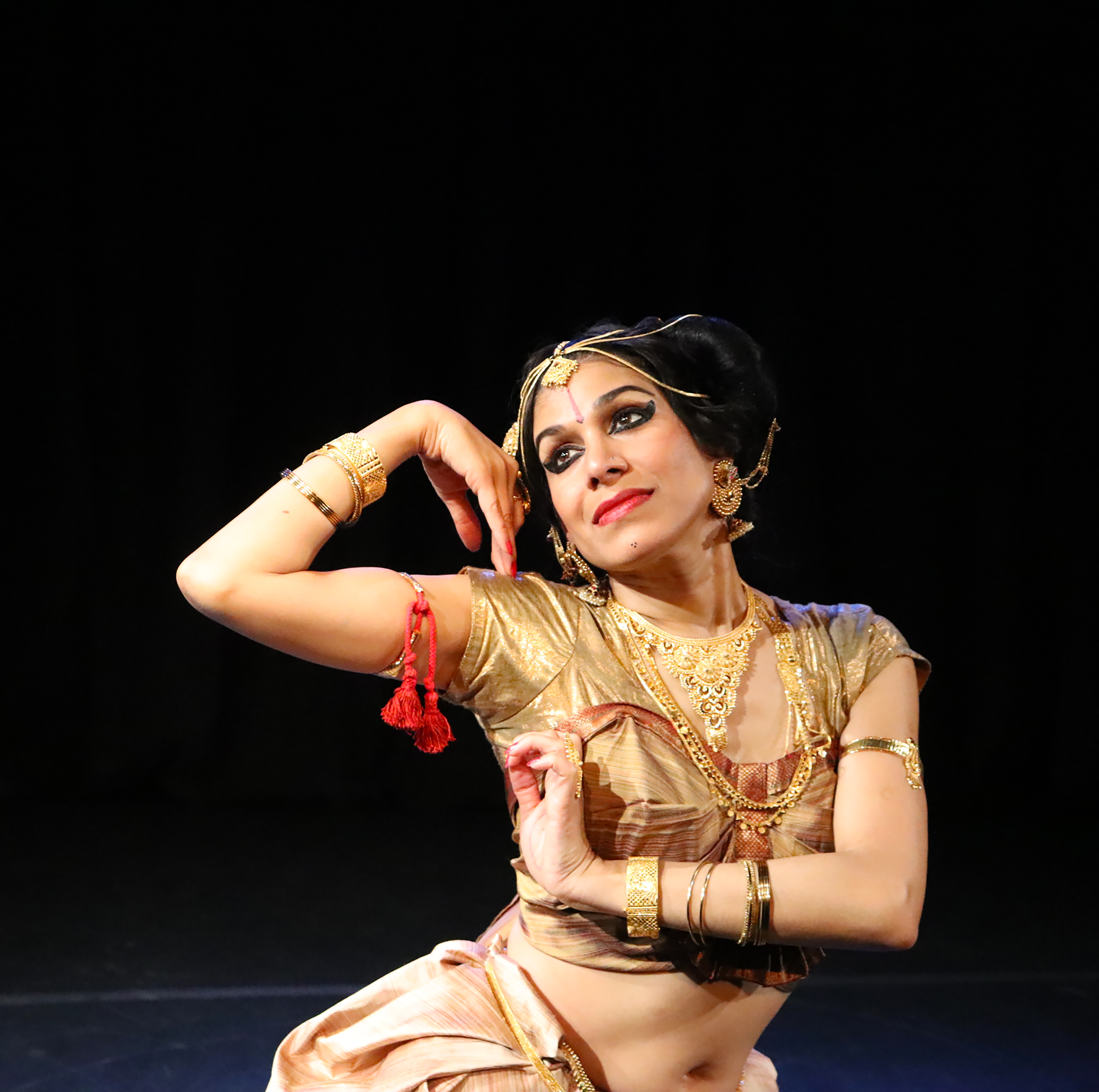
Ardhanarinateswara
This piece combines the hymn of creation and the description of Ardhanarinateswara (embodying male and female principle). The composition begins with the Mritunjaya Sloka and progresses to Ardhanari Stotra followed by the wedding of Shiv-Parvati and the marriage procession as Shiva arrives mounted on the Nandi (the Bull) to wed Parvati/Uma. Their sacred union creates the Hiranyagarbha, (the golden seed), which bursts to give life to the universe. This dance piece combines two separate texts – the Nasadiya Sukta and the Ardhanari Stotra into a single theme of Creation.

Impossible Romance
Impossible romance was inspired by the long poem written in Meghadoota, a 5th CE drama by poet Kalidas, but Kulkarni tells a distinctly different story about a romance between cloud and lightning which is not the focus of Meghdoot’s textual content. A Peacock, slightly wicked and utterly bored is at the centre of this story. He plots to send the boastful but naïve cloud in search of lightning, a dazzling female living in the skies. Desperate to capture the beautiful but elusive female he beholds; the cloud chases her across the sky. In the final embrace however , lightning consumes him, and he simply evaporates into nothing.
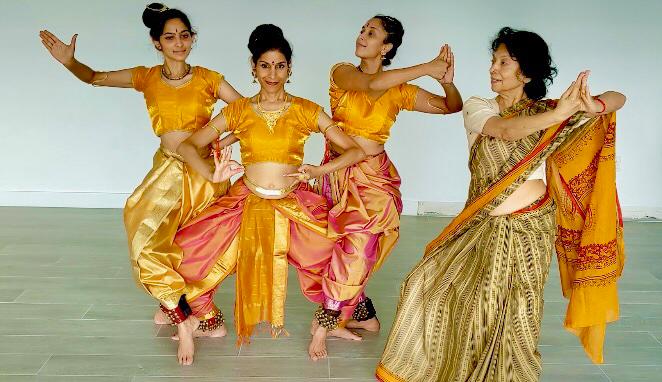
Kavacham
Kavacham literally means armor. The Kavacham shlokas are a way to propitiate various Hindu deities and induce them to provide protection against human maladies. In this group choreography Brahma, Vishnu, and Siva are invoked, weaving the idea of Kavacham in three distinct tableaus.
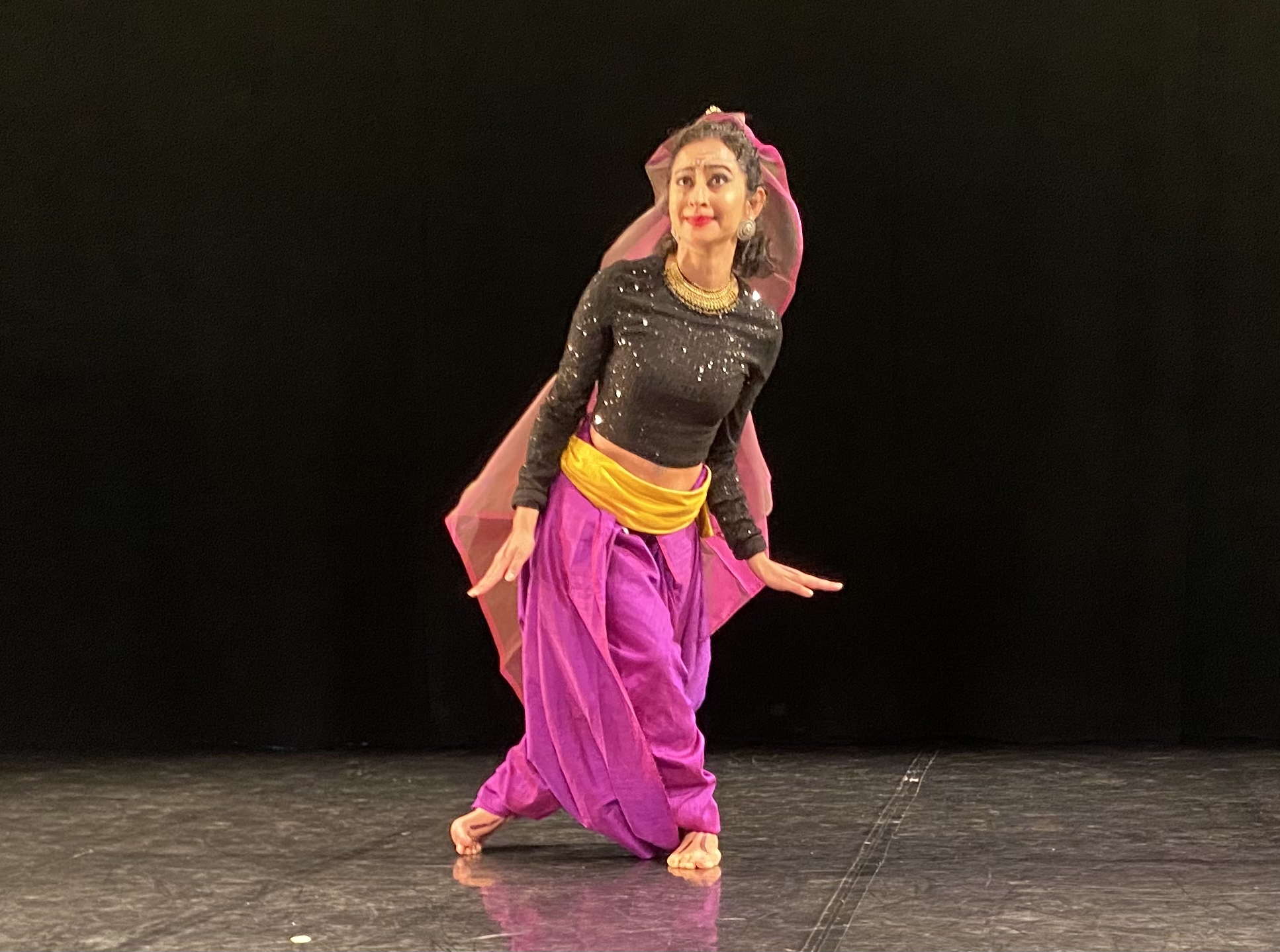
Adventures of the Naughty Bee
This piece Depicts a naughty honeybee on a quest for adventures to different parts of the world. She habitually resides in a honeycomb hanging from the Temple beam and has forever witnessed rituals of worship and offerings of dance to Nataraja, the God of dance. But she longs for new parts and new experiences and flies off to distant places and new scenes – from Turkey to China, in the first she tries to imitate the Turkish folk dancing, in China, she follows the movements of court dancers and martial artists. This is a light-hearted piece dancing the unlikely dance of the honeybee on her own adventurous quest.
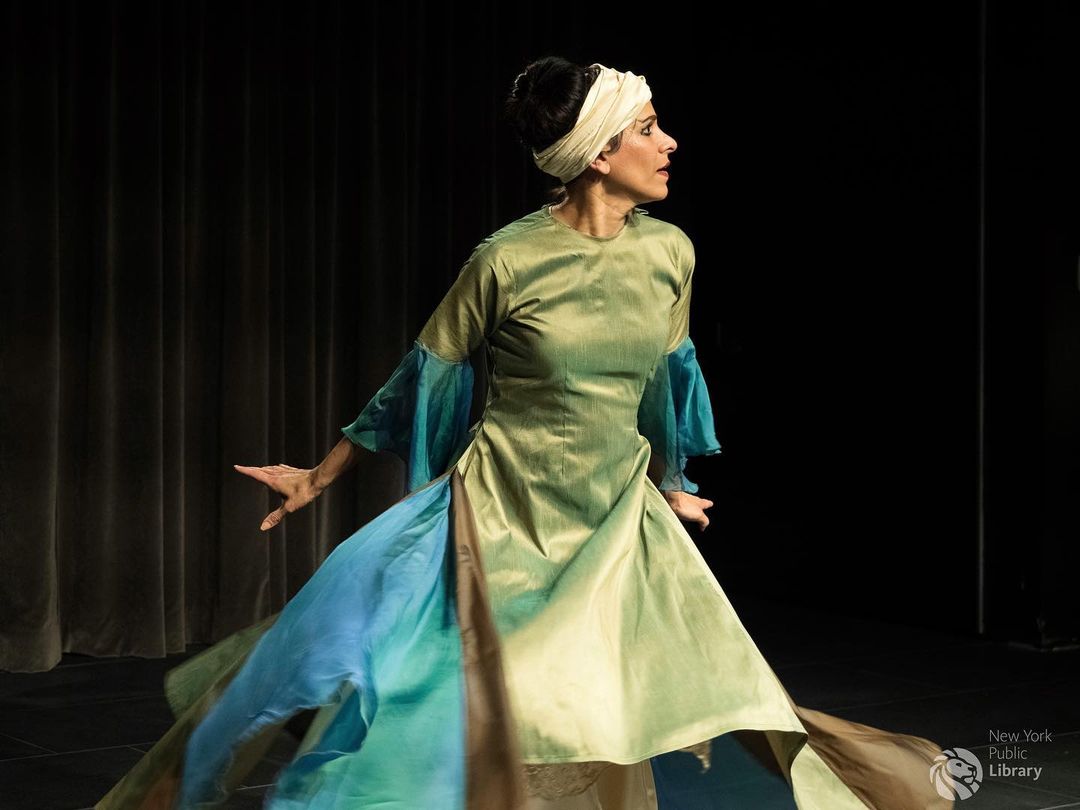
Plato’ s allegory of the cave
This is an hour-long piece choreographed to deliver Plato’s moral teachings and his commentary on our narrow perspectives on truth and justice. Plato illustrates his insights, what is known as his ‘theory of forms ‘through an allegory. In this piece, one imagines prisoners seated in a cave with their feet chained to each other. They see a world backlit by a fire on the wall they face. A procession of false forms both animate and inanimate pass-by as shadows. The men in the cave believe that the reality is the world of dark shadows they see on the cave wall. One curious soul climbs out to see the true forms lit up by a thousand suns as Plato describes it. Here Plato makes his key point: his emergence from the cave and encounter with the dazzling world of ‘real forms’ is only possible through ‘reason’. The quest for Reason is the path to truth, justice and beauty. This dance piece captures one man’s journey from make-believe world of falsehood to the shinning world of true forms. This is very complex and demanding piece in terms of dance and music.
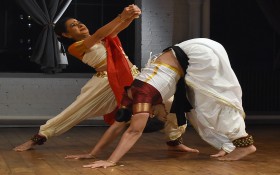
Durga
Created with two dancers, representing Devi (Goddess Mahishasurmardini) and Mahishasur, a buffalo-headed demon on a rampage. The Devi character is set in movements in Shilpanatana while the Mahisha’s actions are drawn from Kalaripayattu, a martial art form of Kerala, India.
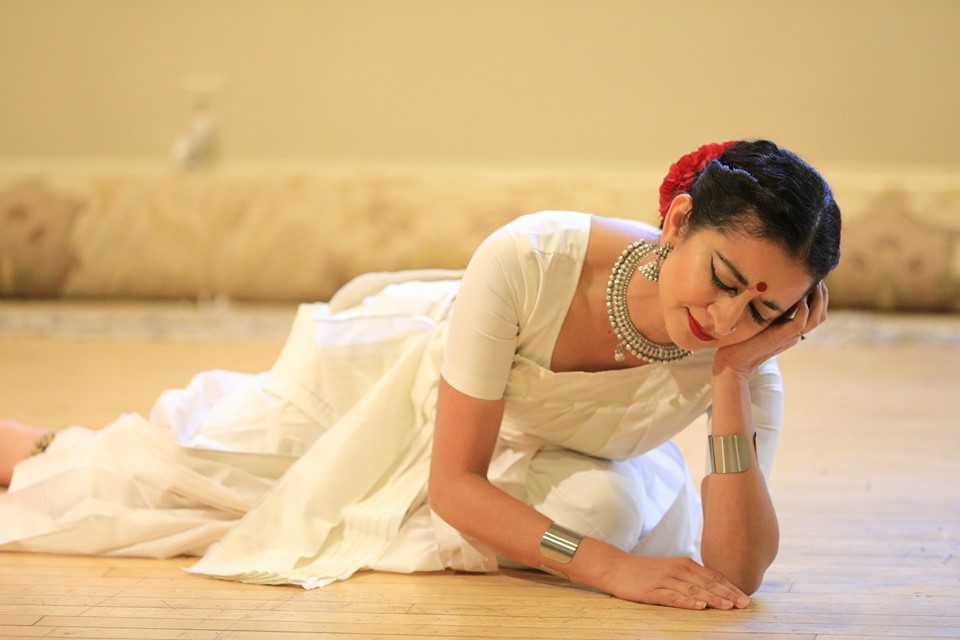
Meera
This dance piece is set to a well-known lyric by 16th-century mystic poet-saint, Meera bai. it brings to life Meera’s devotion and love for Krishna.
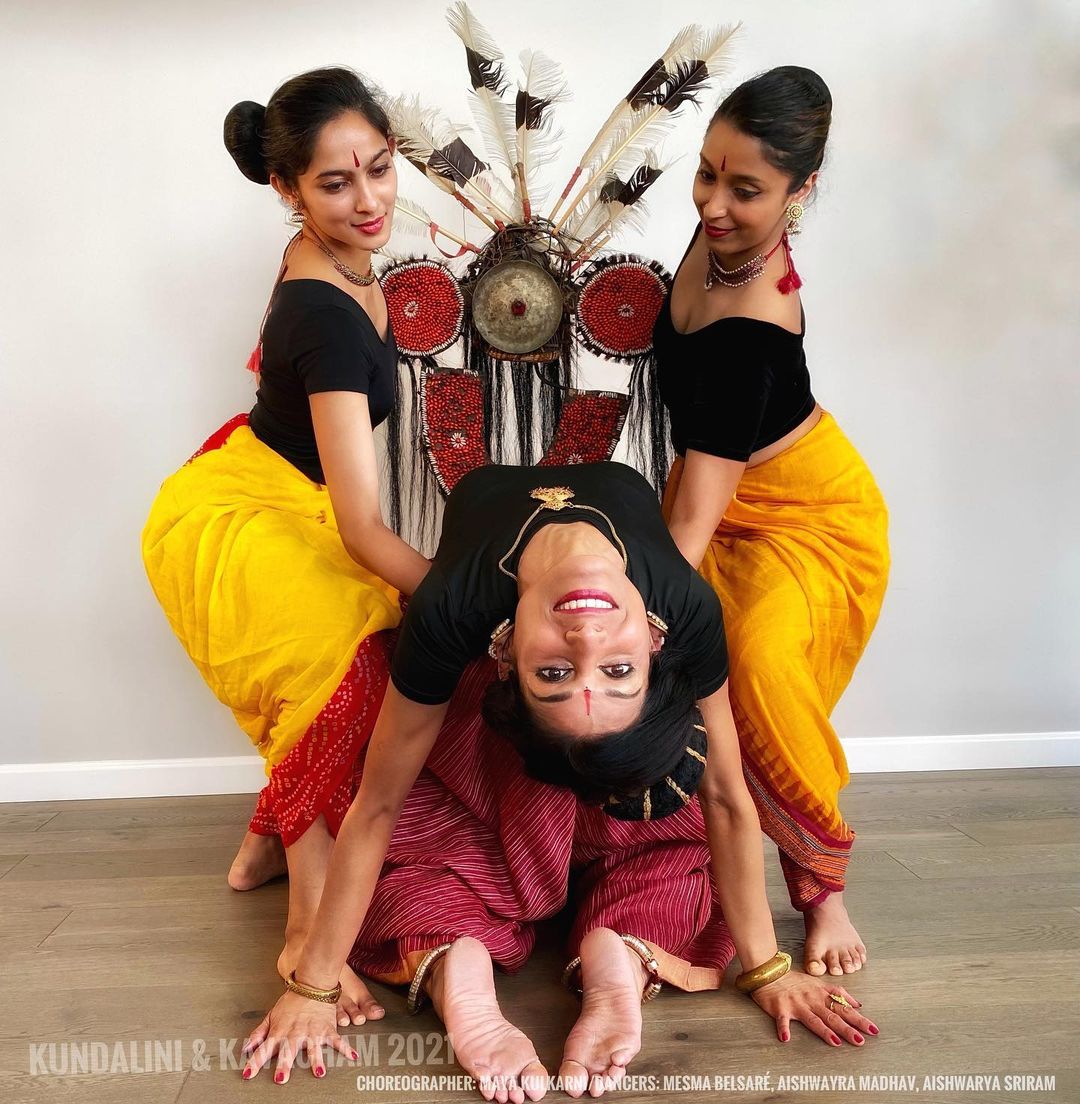
Kundalini Rising
This piece is inspired by the idea of a physical body as the source of cosmic energy. It rises from the base of the spine and winds itself finally to the Brhama Randhra (the center of knowledge and the final stage of self-realization. This dance uses group choreography into triangles and circles the two main symbols in Tantric path to self-realization or Moksha. I use Yogic postures and dormant life energy as a serpent that needs to be awakened. The ' setting’ is a day – beginning with the rising sun and ending as it recedes beyond the horizon, depicted as a Sun-chariot drawn by seven horses (the seven colors of light) making a half-circle.
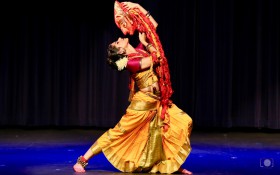
Amrita Manthan
Amrita Manthan relates the story of how Vishnu (one of the deities in the Hindu trinity), transformed as Mohini (a beautiful celestial damsel) manipulates the poison and nectar, that emerges from churning of the seas. Mohini distracts the non-gods to distribute nectar to them while the non-gods get the poison. This piece tells the story in a straightforward way but with a lot of light-hearted humor.
Sayankale
A well-known shloka from Krishna Karnamrita, describing the woods of Vrindavan as the sun descends and a half-moon rises on the horizon. I opened up the dense mudra vocabulary to create the detailed descriptions of the moon as it slowly ascends, the proud standing trees with creepers sensuously clinging to them, the balmy breeze wafting over nimble bodies of damsels frolicking with Krishna.
Chaiti
Based on Channulal Misra’s famous song (Chaiti is a specific type of lyric and singing style found in the folk music of Utter Pradesh in India) the dance is mostly an expressive piece, in which a young bride scolds the cuckoo bird for incessantly singing in the middle of the night, and for causing her new husband in a huff, away from her bed. This is a very light-hearted and humorous piece.
Pada Bheda
Constructed by weaving basic foot positions described in Natyashastra.